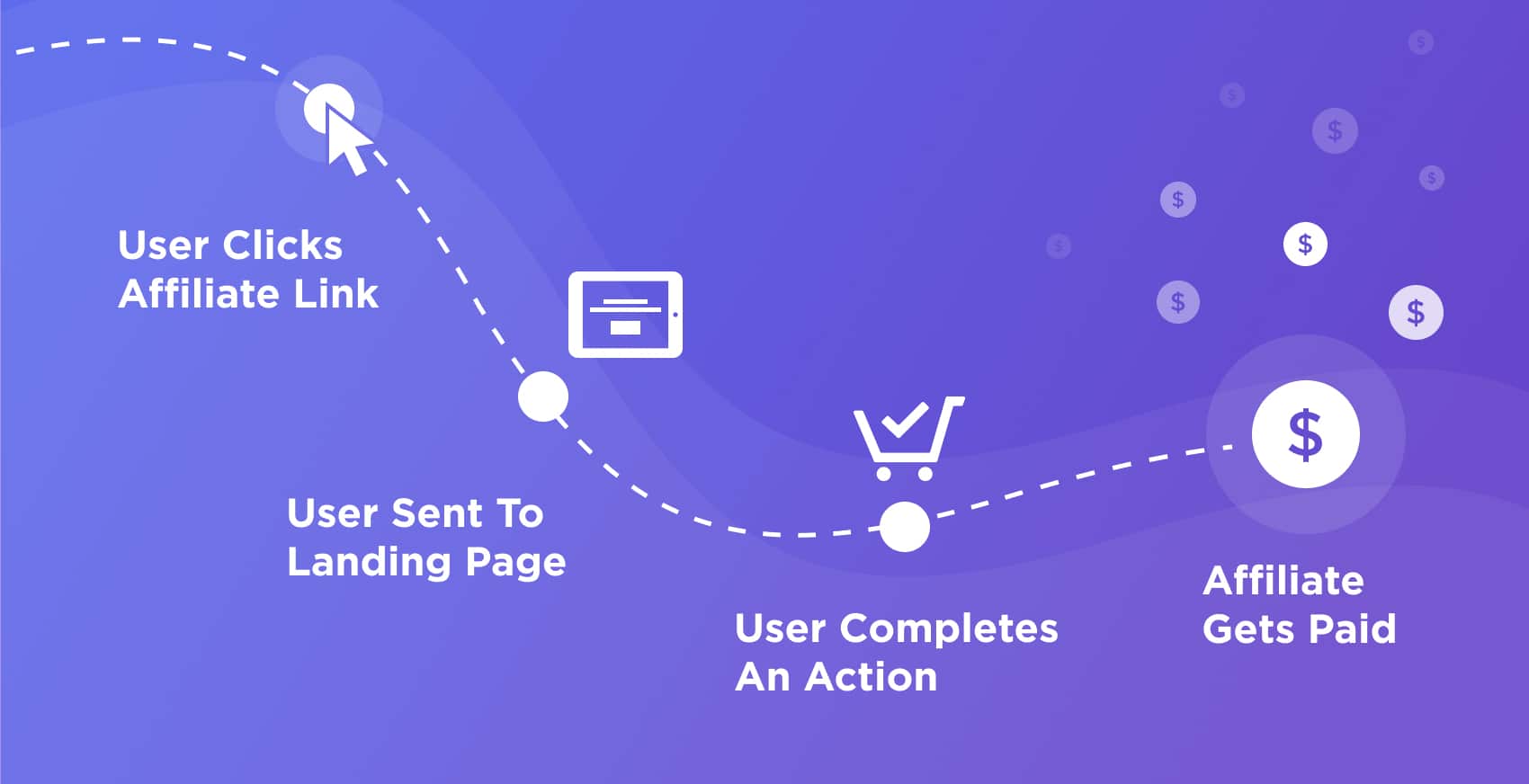What is a Content Marketing Strategy?
Key Takeaways
- A content marketing strategy is a high-level plan aiming to expand an audience and achieve business goals through diverse content forms like blog posts, emails, social media posts, podcasts, ebooks, and videos.
- Essential steps in creating an effective content marketing strategy include defining your target audience, setting clear goals and objectives, creating a detailed content plan, producing high-quality content, and measuring and analyzing the results.
- The success of a content marketing strategy hinges on understanding the target audience’s needs, creating content that provides real value, and using SEO practices to enhance content visibility and engagement.
- Common mistakes in content marketing, such as too much promotional content, neglecting audience research, inconsistent brand voice, and ignoring SEO, can hinder the effectiveness of content marketing efforts.
- Effective content distribution channels in 2024 include owned, earned, and paid media, with SEO playing a crucial role in content marketing strategies by targeting the right audience and improving organic visibility.






